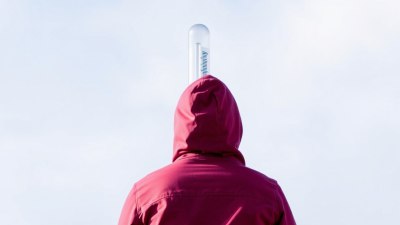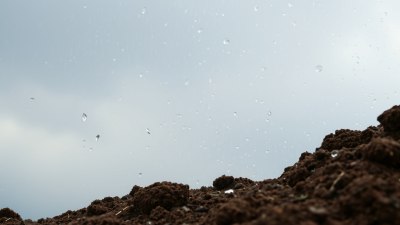The Temperature vs. Ice Cream Consumption Formula You Need to Know
Discover the relationship between temperature and ice cream consumption with our comprehensive formula and insights.

Understanding the dynamics between temperature and ice cream consumption is not just a matter of curiosity; it is deeply rooted in behavioral economics, psychology, and even biology. This article delves into the factors influencing ice cream consumption through temperature variations and presents you with a formula that captures this intriguing relationship.
The Psychology of Ice Cream Consumption
Ice cream is often associated with positive emotions, celebrations, and warm weather experiences. This psychological connection significantly impacts consumption patterns. When the sun is shining, and temperatures rise, people are more likely to indulge in ice cream, not just as a treat but as an essential part of their summer experience. The taste of cold, creamy ice cream is both refreshing and satisfying as temperatures soar, triggering a more profound craving.
Temperature and Consumptive Behavior
Research has shown that as temperatures increase, so does the inclination to consume cold treats. A study conducted in multiple regions demonstrated a direct correlation between meteorological data and ice cream sales. On hot days, sales soar, while they plummet on cooler days. For example, one can observe a spike in ice cream sales during a heatwave, suggesting that we favor cold foods in hot conditions.
The Temperature-Ice Cream Consumption Formula
To quantify this relationship, a simple linear model can be proposed to predict ice cream consumption based on temperature. The formula takes the form: C = aT + b, where C is the consumption in liters, T is the temperature in degrees Celsius, and a and b are constants derived from historical sales data. The variable a represents the increase in consumption per degree increase in temperature, while b accounts for baseline consumption irrespective of temperature.
Factors Influencing Ice Cream Sales
While temperature is a major factor, several other elements affect ice cream consumption. These include humidity, time of year, marketing efforts, flavor availability, and consumer habits. During summer months, not only does temperature rise, but people are more predisposed to outdoor activities, parties, and gatherings where ice cream is a popular choice. Similarly, promotional campaigns can significantly boost sales.
The Role of Humidity in Consumption
Humidity can also play a crucial role alongside temperature. A high humidity level can enhance the desire for frozen treats as it makes the heat feel even more oppressive. Consumers might prefer ice cream more when the atmospheric conditions feel sticky or sweltering. Retailers across industries often find that combining temperature and humidity data can better predict sales than temperature alone.
Seasonal Variations
Throughout the year, ice cream consumption exhibits significant seasonal fluctuations. For instance, the winter months see a drop in consumption rates as temperatures drop, leading to colder ice cream alternatives or desserts being less appealing. On the other hand, spring and summer months can see exponential growth as patio gatherings and family outings become commonplace.
Regional Differences in Ice Cream Consumption
Ice cream consumption is not uniform across different regions of the world. For example, ice cream sales are typically higher in southern climates where warm weather prevails for a longer duration. In contrast, regions with cooler climates may see lower annual consumption rates, although during specific warm spells, those rates can surge dramatically, underscoring the impact of temperature and local culture.
Case Studies: Ice Cream and Temperature
Some case studies exhibit spectacular instances of this relationship. Consider a coastal city during a summer festival: as the temperature climbs over 30°C (86°F), ice cream sales can increase manifold, creating a challenge for vendors who must anticipate the stock demands. Conversely, in regions where temperatures fluctuate, such as the northeastern United States during fall, a surprising increase can be seen in late-season ice cream sales, driven by last warm weekends before winter.
Economic Implications
The marriage of temperature and ice cream consumption ultimately leads to economic implications for producers and retailers alike. Understanding this relationship allows producers to optimize supply chain logistics, marketing campaigns, and product launches throughout the year. By predicting temperature-related spikes in consumption, producers can ensure that stores are adequately stocked during peak periods.
Future Predictions
As climate change continues to alter weather patterns, there may be shifting trends in how temperature impacts ice cream consumption over time. Some analyses suggest that with warmer winters and more extreme weather events, ice cream consumption could remain robust even in traditionally cooler months.
In summary, understanding the relationship between temperature and ice cream consumption unveils a fascinating blend of psychology, behavior, and economic strategy. With the simple formula C = aT + b, anyone can predict consumption patterns based on temperature variations. As we indulge in this beloved treat during sweltering summer months, let us also appreciate the scientific principles that contribute to our craving.











